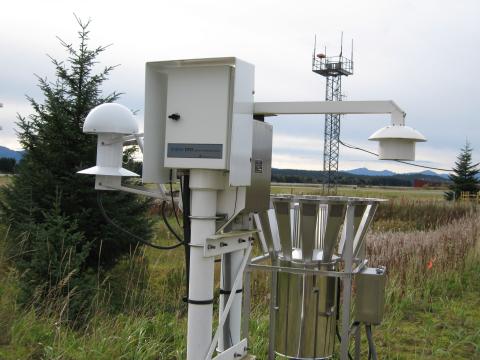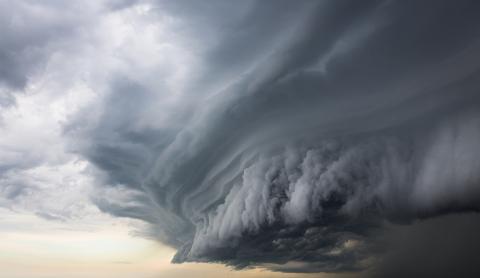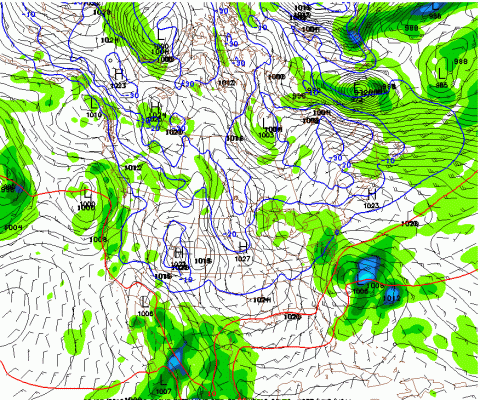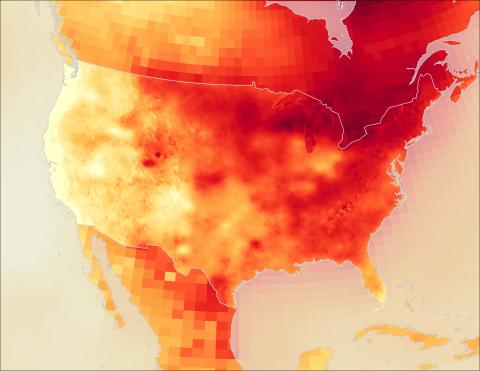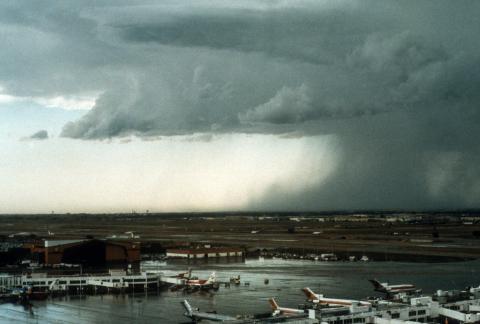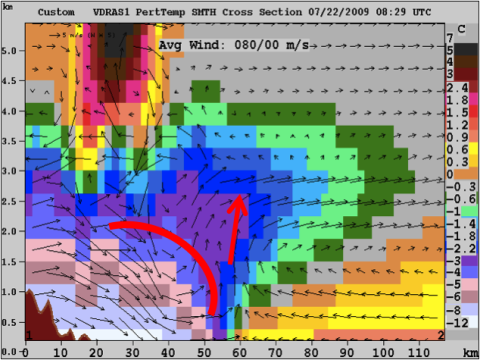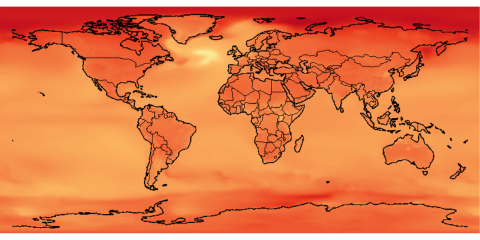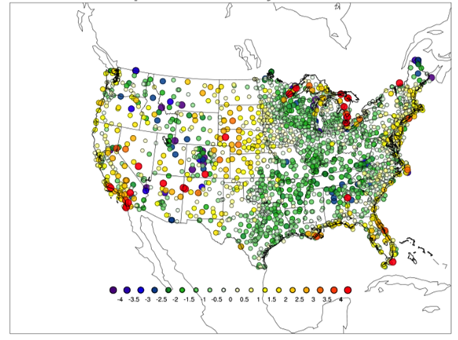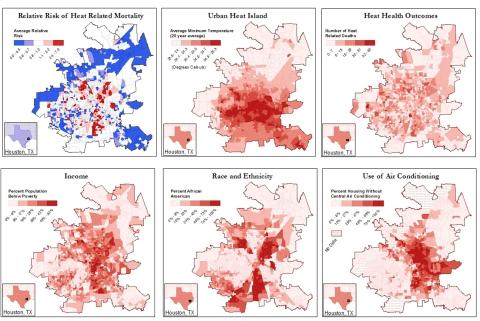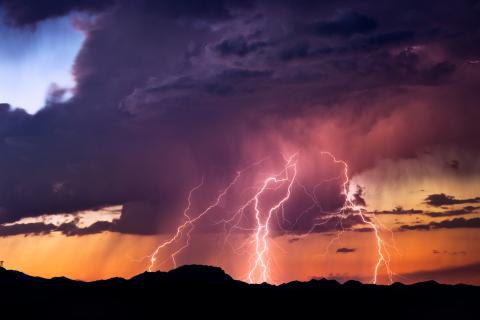Technologies
Science Serving Society In A Rapidly-Changing World
RAL’s success over the past three decades has been related in part to its efforts to focus on problems that evolving communities and technologies face as they are exposed to weather hazards. Two decades ago it was common for organizations like the Federal Aviation Administration (FAA) to design very large systems without factoring in the effects of weather hazards. That is not true today in large part because of RAL’s ability to convince FAA managers that such systems could not operate with sufficient safety or efficiency without incorporating weather information. Surface transportation planners and designers have adopted similar practices, again largely due to RAL and its partner organizations playing an early role in developing weather-resilient systems and infrastructure. Similar efforts have led to RAL’s involvement in the atmospheric side of homeland security and public safety, societal impacts, adaptation, and vulnerability associated with global change, and research and development related to wind and solar energy prediction capabilities.

